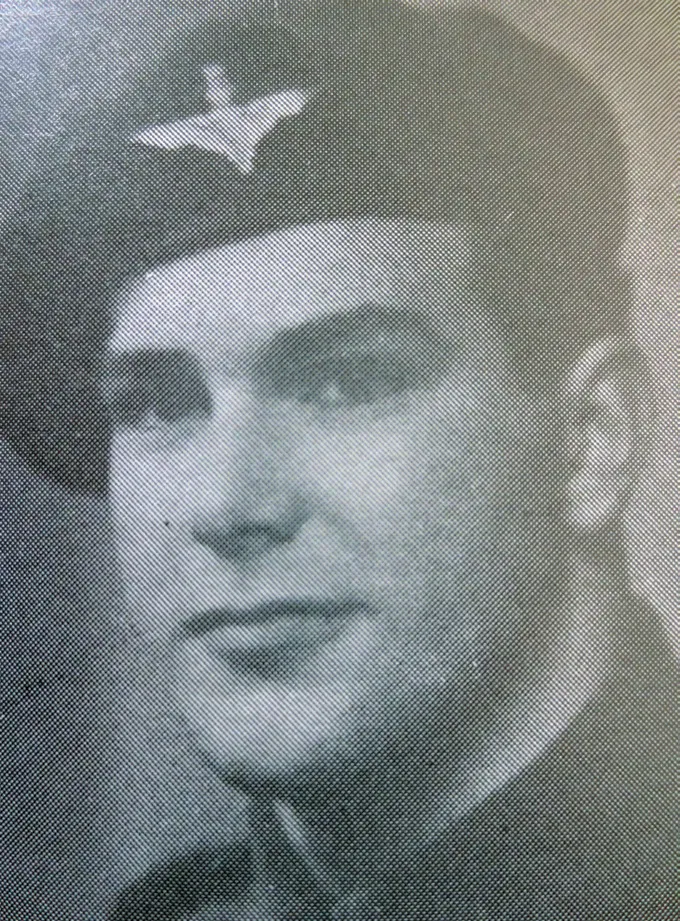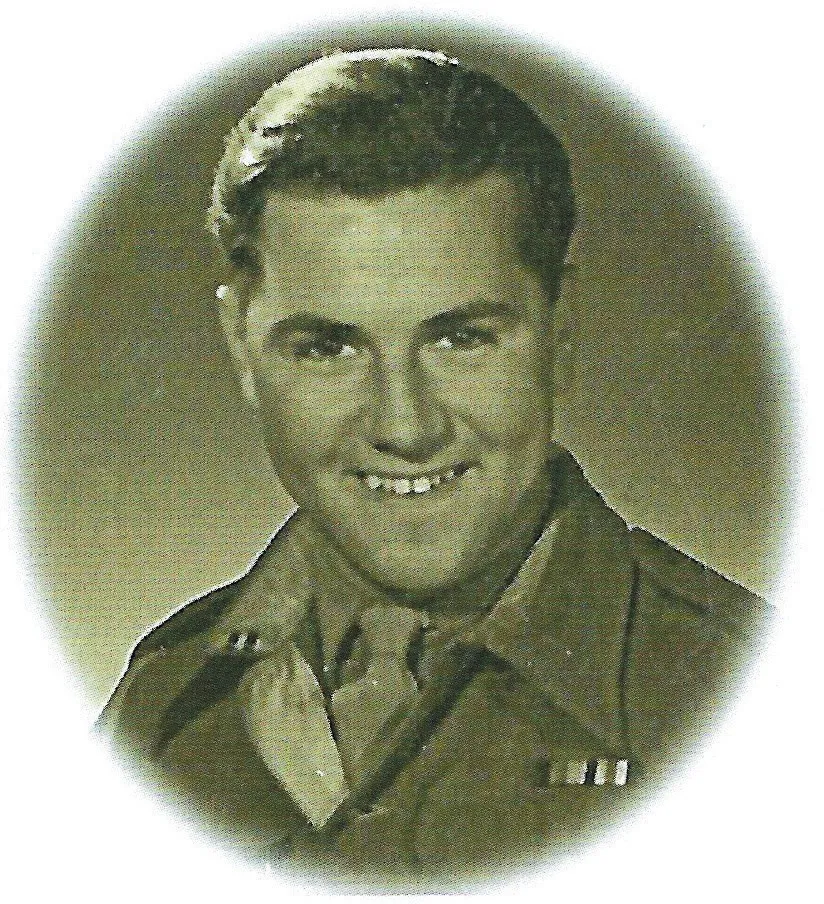![]()
CHAPTER ONE
FAMILY MATTERS
On 18 October 1967, the fifty-second annual Motor Show opened at Earls Court in London, and for four brothers, directors of the Essex-based car maker Ginetta, this was a very proud day. In less than ten years since marketing their first special, they had grown a car-manufacturing business that was now rubbing shoulders with established makers to a worldwide audience on the grand exhibition floor of Britain’s premier motor showcase.
By contrast to the many corporate makers surrounding them at the show, Ginetta was a family-run business that had developed out of sheer enthusiasm and the desire to succeed against all the odds.
The four Walklett brothers, Douglas, Trevers, Bob and Ivor, who together founded Ginetta cars, were born and grew up during the inter-war years. Typically of that period the family was large: parents John and Eva Walklett had seven children: five boys and two girls. John, a military man in the First World War, later moved around with his work before settling into farming after the Second World War. The young Walklett family lived a somewhat nomadic existence moving around the south of England, where the eldest four sons, Douglas, Trevers, Kenneth (known to all as Bob) and Brian arrived before they all moved to the London area, where the youngest three siblings were born at locations all around the capital, the last being Ivor.
The outbreak of the Second World War had a major impact on most families and the Walkletts were no exception, the three eldest boys all becoming eligible to join the forces at various stages during the war years. Douglas joined the Territorial Army just before the outbreak of war and his unit was deployed onto war duty at the start of hostilities. He was selected for training as a mechanical engineer and, following this intensive training, became a qualified artificer, serving in the Middle East at El Alamein and later in Italy. The knowledge gained from his training and experiences proved invaluable in later establishing a business with his brothers.
Trevers joined the Royal Armoured Corps at the age of eighteen but later transferred to the Parachute Regiment where he joined the 6th Airborne Division. He took part in the Normandy D-day landings on 5/6 June 1944, where he experienced hand-to-hand fighting with German forces. By 1945 Trevers was taking part in the battle for the Rhine Valley in the final stages of the war when, parachuting into action, he was hit in the right leg. Losing a lot of blood, he lay wounded for many hours before being picked up and hospitalized. Surgeons fought to save his gangrenous leg, which mercifully they managed to do, following which he spent many months in recovery. He had endured and witnessed some horrific moments during the war, experiences that would stay with him for the rest of his life. Above all, though, his training and experiences had left him with an attitude that everything was possible with determination and a focused mind.
Trevers Walklett in his military uniform, his beret clearly showing the winged cap badge of the Parachute Regiment. WALKLETT FAMILY
Bob Walklett smiles for the camera in uniform; a tough time lay ahead for him during the final days of the Second World War. WALKLETT FAMILY
In 1943 Bob Walklett turned eighteen and, like his brothers before him, volunteered for service. He followed Trevers into the Royal Armoured Corps, qualifying as a wireless operator and tank driver. He narrowly missed the D-Day landings, but having volunteered for the 6th Airborne Armoured Reconnaissance Regiment and been accepted, he trained on light tanks that could be dropped into action from the air. In the event he first saw action in the Ardennes in a Cromwell tank, before moving on to the Battle for the Rhine. Here, in a fierce clash with German forces, his tank was hit by anti-tank fire and, with burned hands and face and with shrapnel fragments close to his spine, he was picked up by German forces and hospitalized as a POW. However, with few medical supplies available, he received little or no treatment and was fortunate to be released by advancing Allied forces a few days later and to be treated by Royal Army Medical Corps personnel before being shipped back to England. In England, his brother Trevers was being treated for his severe wounds in Lichfield, Staffordshire, where through the good offices of the British Red Cross, Bob later came to be placed in the bed next to his brother. Their war was over. Both were very lucky to have survived and required a great deal of convalescence to make them fit and ready to return to civilian life.
When the war was over, siblings would typically go their separate ways due to employment or marriage but for the Walklett brothers the draw of family was strong. Immediately after the war, their father had taken on Little Napchester Farm in the Kent countryside just north of Dover and he set up J. F. Walklett & Sons, Dairy Farmers. This was the focus for the elder boys returning home, whilst some of the younger siblings were still attending school. The brothers busied themselves with duties on the farm and quickly discovered elements of the work they enjoyed and those they did not. Trevers, for one, was not keen on the animals but found he enjoyed the engineering side of farming, whilst on the personal side, during his time in Kent he met local girl Sherry, who he would later marry.
Their time in Kent was limited, however, as their father had plans for expansion and arranged to purchase a much larger farm at Bures in Suffolk. This move turned, through no fault of his own, into a nightmare, when the intended purchaser of the Kent farm died before the contracts were completed and the whole matter became part of his estate, meaning the farm could not be sold for a full year. With two farms on his hands, John Walklett was overstretched, and when the Kent farm was finally sold at a knockdown price the damage was done. The strain left him in bad health both mentally and physically, and he was forced to sell the Suffolk farm as well. During this period it was Bob, still only in his early twenties, who dealt with much of the fallout, both legal and financial, supporting his mother and siblings, and there can be little doubt that this experience shaped his future thinking on prudent business management.
Enjoying the summer sunshine on the family farm in Kent in 1946. GINETTA: THE INSIDE STORY – BOOKMARQUE PUBLISHING
It had been a tough lesson on just how easily things can go wrong in even the best-organized affairs, but by 1950 most of the family, once again, were under one roof and living in the Old Rectory at Chillesford, a large and imposing building in its own grounds. Chillesford is a small hamlet nestling on the edge of the Tunstall forest and 6 miles (10km) east of Woodbridge; in the 1950s this was a remote location and sparsely populated. The area was totally dominated by agriculture and Doug, Trevers and Bob identified a business opportunity supplying engineering services to the agricultural community. In need of a source of income after the demise of the family farm, they launched into this business venture, setting up a new company known as Walklett Bros. Agricultural & Constructional Engineers.
At the time the three brothers were setting up their business, the youngest brother, Ivor, was still at grammar school, but at every opportunity he would be down with his brothers assisting in whatever way he could and absorbing engineering knowledge. As was the requirement for young men in the immediate post-war period, Ivor was called up to carry out a statutory two years’ national service in one of the armed forces and Ivor chose the RAF. Cars were his passion, and in particular he enjoyed the challenge of car design: he sketched his own designs in great detail, including theories on the latest suspension layouts he had learnt from reading up on the subject.
WALKLETT BROS. AGRICULTURAL & CONSTRUCTIONAL ENGINEERS LTD
With some experience in farming and with a wartime service that gave them a grounding in engineering, it was perhaps inevitable that Doug, Trevers and Bob Walklett would combine the two. Doug’s war experiences and training in particular were key in providing the knowledge required for such a venture.
The business was up and running by around 1950, with Bob looking after day-to-day management, administration and sales whilst Doug and Trevers dedicated their efforts to the incoming work and products offered by the business. In the early days in order to establish themselves they took on awkward work other businesses had turned away. With Suffolk’s rural farming community offering a ready clientele, the business took off. Early on they operated from a tiny workshop premises in Orford down on a remote part of the east coast. As the business expanded during the early to mid-fifties they sought a larger site and settled at Hill Bridge Works, Campsea Ashe, near Wickham Market.
The Walklett Bros. Agricultural Engineers’ first workshop in Orford, Suffolk. MILLIE FARRANCE
A Walklett Bros. barn built for the Campsea Ashe cattle auction business. Note the strong, slender framework supporting the roof and lightweight, strengthened purlins allowing increased length between steel support stanchions. AUTHOR
This garage building, still standing by the side of the A12 at Stratford St Andrew in Suffolk, was constructed by Walklett Bros. and features a huge 60ft (18m) clear span, one of the largest available in period. AUTHOR
Not only did the Campsea Ashe site offer additional space for fabrication and storage, but crucially it was next to the railway station and therefore ideal for receipt of raw materials and despatch of finished goods at a time when road transport played a lesser role in movement of materials than today.
The business grew to a significant size, employing up to ten full-time staff with younger brother Ivor joining them after completion of his national service. Offering an increasingly large range of products, they started manufacturing a range of agricultural barns and enclosures. The brothers were able to develop and offer for sale one of the largest clear-span steel agricultural structures available at that time, drawing on customers from across Suffolk and further afield.
By the late 1950s, they were sufficiently established to exhibit their buildings at the Suffolk Show, offering farmers a one-stop shop of design, fabrication and erection of buildings. It had become a very successful business. To assist in the erecting of buildings, Trevers built a crane on the back of an old six-wheeler Dodge truck, the raising and lowering of which was taken care of by an old aircraft jack; such things were available as war surplus in those days, and it shows the ingenuity that the brothers brough...






